Ronan Bouroullec’s drawings become Kvadrat textiles
Danish textile brand Kvadrat sees the power of Ronan Bouroullec's drawings, launching a new collection inspired by his sketches
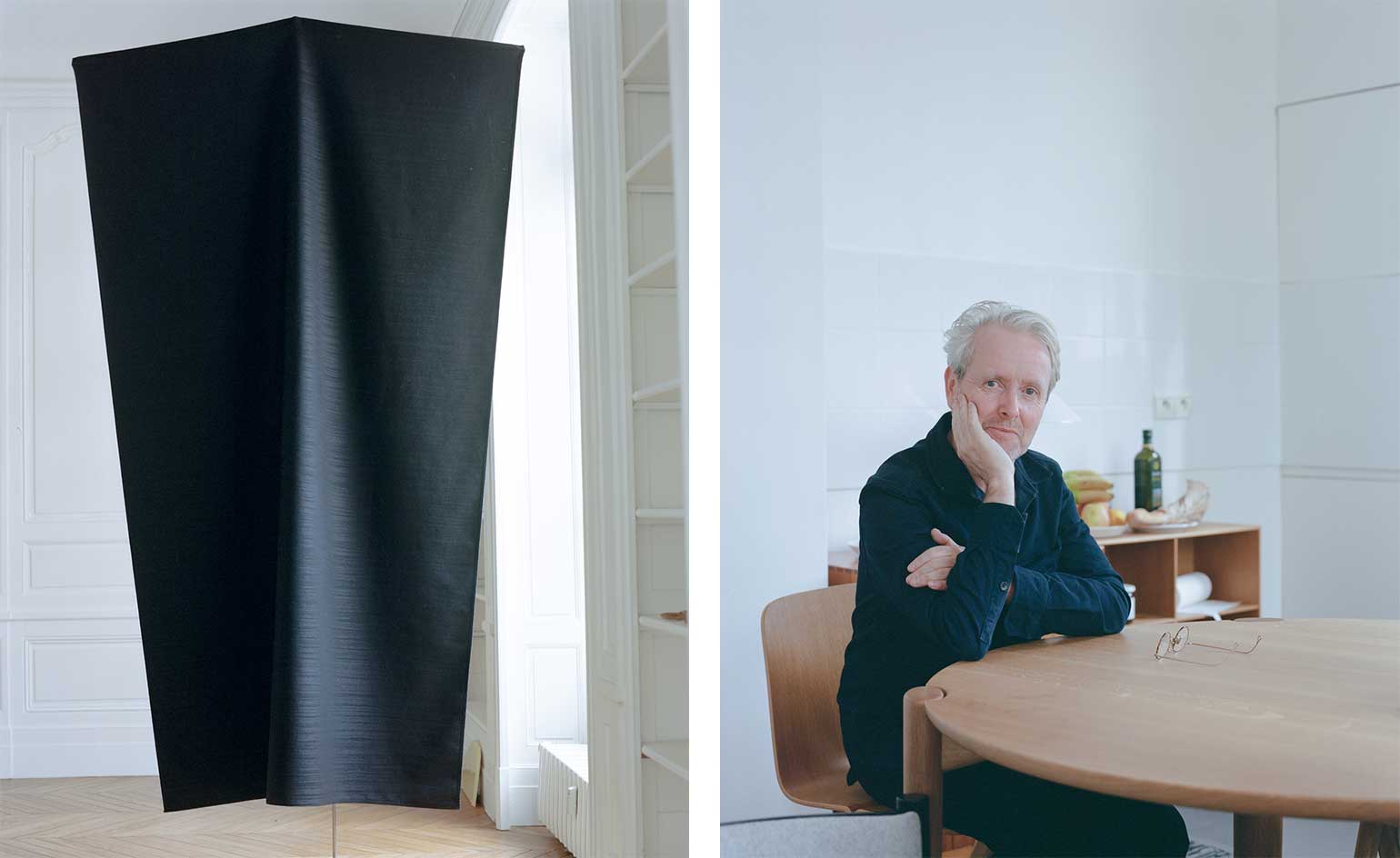
Ronan Bouroullec says he has been drawing since his childhood in Brittany, France. ‘I grew up in the countryside, far from my friends. My brother was much younger. We had no TV. I played football alone, against a wall. Drawing became a necessity, it filled the void.’ He still feels the need to draw every day, and keeps a personal studio – a large, light-filled apartment in Paris’ 9th arrondissement – for that purpose.
On the day I visit, many years’ worth of drawings are spread out over the floor, being narrowed down to a few hundred for an upcoming museum show in Toulon. Among them sit a box of fabric samples, a new collection inspired by Bouroullec’s drawings, freshly arrived from Denmark. Their producer, textile company Kvadrat (with whom he and his brother Erwan have collaborated since 2005), is presenting the fabrics at Salone del Mobile 2023 this spring.
It was thanks to Instagram that Bouroullec started sharing his drawings with the world, and that Kvadrat asked him to design the textile collection. ‘I saw obvious qualities: tactility, colour, shape,’ says Kvadrat CEO Anders Byriel. He mentions the German word unmittelbar, meaning the works have an immediate effect on the viewer.
Ronan Bouroullec's drawings inspire textile collection

Inspirational image of the 'Alle' fabric
Bouroullec holds one fabric sample up to the wall, next to a drawing whose fractured lines vaguely resemble bamboo. Although his two activities, design and dessin, are quite separate, he says there are constant bridges, each one ‘irrigating’ the other. ‘It’s not like one day there’s Ronan who draws and the next, Ronan the designer.’
But unlike his supremely disciplined approach to design, his work on paper is instinctive and improvisational. Using everything from Bic pens to watercolour markers, he creates organic, abstract, often colourful forms that appear simple, yet are highly detailed with great depth and texture. He compares the process to meditation or jazz, saying he is frequently surprised to see the result. ‘It’s like a trail that you walk every day until you arrive. You see when you’ve arrived, but you don’t remember what happened while you were walking.’
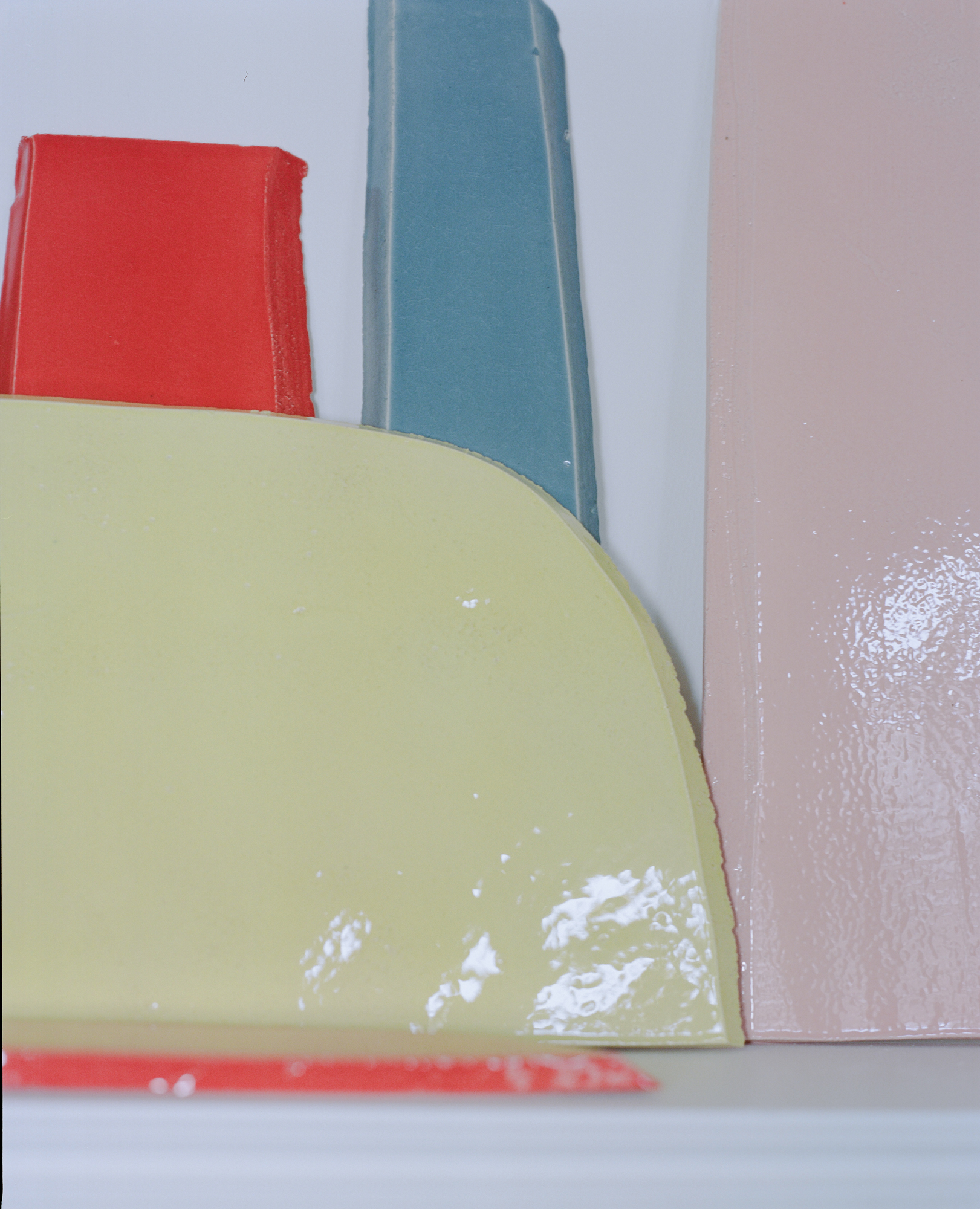
Ceramic bas-reliefs by Bouroullec
Taking an olive green Japanese brush pen in his left hand, he demonstrates his technique for designing the collection for Kvadrat, using glossy paper in the same dimensions as the fabric rolls. Holding the pen at an angle, he makes a series of parallel lines. Since the paper does not fully absorb the ink, the lines are broken up, and breathe with random gaps and bubbles. It is a textured effect that Bouroullec has played with for years. For the textile collection, he says, ‘The trick is not to feel the repetition of a pattern, even though that’s what it ultimately becomes.’
Although it took more than three years of back and forth with Kvadrat to obtain the desired results, Bouroullec says his approach to the collection’s production was relatively hands-off. ‘The only time I work this way is with textiles. I design objects in a very precise way, knowing every detail of how they will be constructed. But I don’t understand how textiles are made. I provide drawings with my intentions, and it’s interesting to see how they are translated.’
Receive our daily digest of inspiration, escapism and design stories from around the world direct to your inbox.

A drawing by Bouroullec that inspired the collection
The collection, comprising three different families, is subtle and sophisticated, like much of the Bouroullecs’ work. The first family, named ‘Alle’, is upholstery fabric woven of 92 per cent virgin wool and eight per cent nylon. Raised, imperfect parallel lines traverse the fabric, their position seemingly random, close together at some points, spread out at others. Bouroullec compares the texture to that of a tree trunk, saying, ‘I wanted a vibration, like it’s almost alive, like the drawings.’ The light plays with the threads differently, so the raised threads shine, while the flat background appears matte. Byriel says the effect is even better than he had hoped for. ‘It was a very difficult task. We really achieved something that looks like paint, like brushstrokes.’
The other two fabric families, ‘Sone’ and ‘Tero Outdoor’, have identical patterns and are woven from 100 per cent post-consumer recycled polyester, which Byriel says gives it a precision, as opposed to the wool’s blurrier aspect. (‘Sone’ is meant for indoor use, while ‘Tero’ is made to weather the outdoors.) More geometric, these fabrics have distinct planes of lines flowing in different directions, like an aerial view of agricultural fields. Bouroullec says, ‘It has a very organic feel, an optical effect that gives variety to the surface as the direction changes, like hills and valleys.’
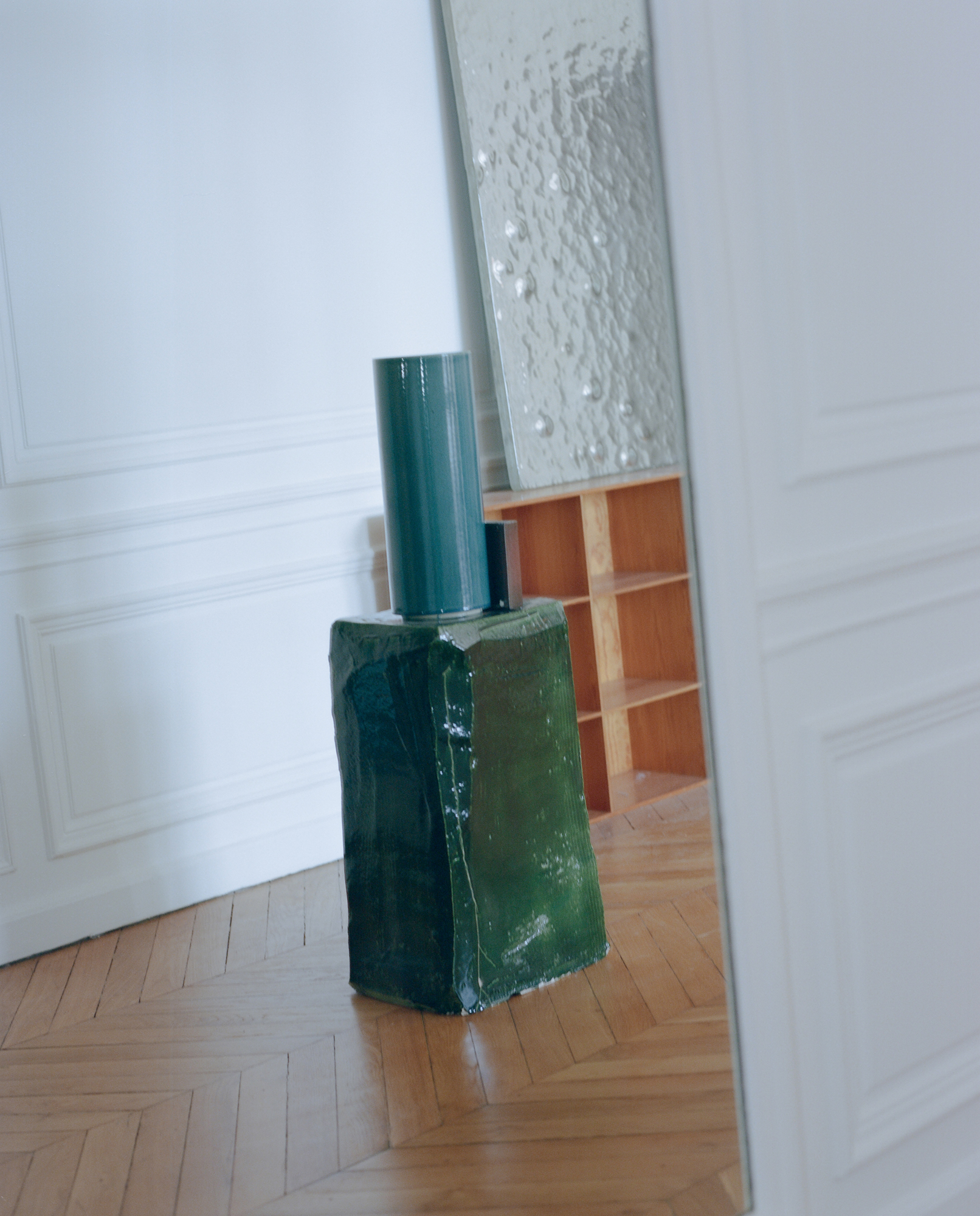
Ceramic and glass works by Bouroullec
Bouroullec chose the colours, but cannot explain what motivates his decisions, aside from a feeling. ‘Alle’ comes in 11 colours and a fairly neutral range, including a creamy white, a dark green on black, and one brick shade. ‘Sone’ is available in 16 solid colours, with muted tones as well as fresh shades of green and yellow. Each fabric of the ‘Tero Outdoor’ family is woven with three colours, which serves to really emphasise the patterns.
Byriel notes, ‘It is extremely difficult to translate painting into a textile that gets its own identity and beauty, but I think we succeeded. We took something beautiful and created something beautiful. Not just a resemblance, that’s not good enough.’ Now he’s looking forward to seeing how designers use the fabrics in real-life applications. ‘That’s where we become part of something bigger. That’s what I’m excited about.’
Kvadrat’s fabrics will be on show from 17-22 April at Kvadrat, Corso Monforte 15
A version of this story appears in the May 2023 issue of Wallpaper*, available now in print, on the Wallpaper* app on Apple iOS, and to subscribers of Apple News +. Subscribe to Wallpaper* today

Inspirational image of the 'Sone' fabric
Amy Serafin, Wallpaper’s Paris editor, has 20 years of experience as a journalist and editor in print, online, television, and radio. She is editor in chief of Impact Journalism Day, and Solutions & Co, and former editor in chief of Where Paris. She has covered culture and the arts for The New York Times and National Public Radio, business and technology for Fortune and SmartPlanet, art, architecture and design for Wallpaper*, food and fashion for the Associated Press, and has also written about humanitarian issues for international organisations.
-
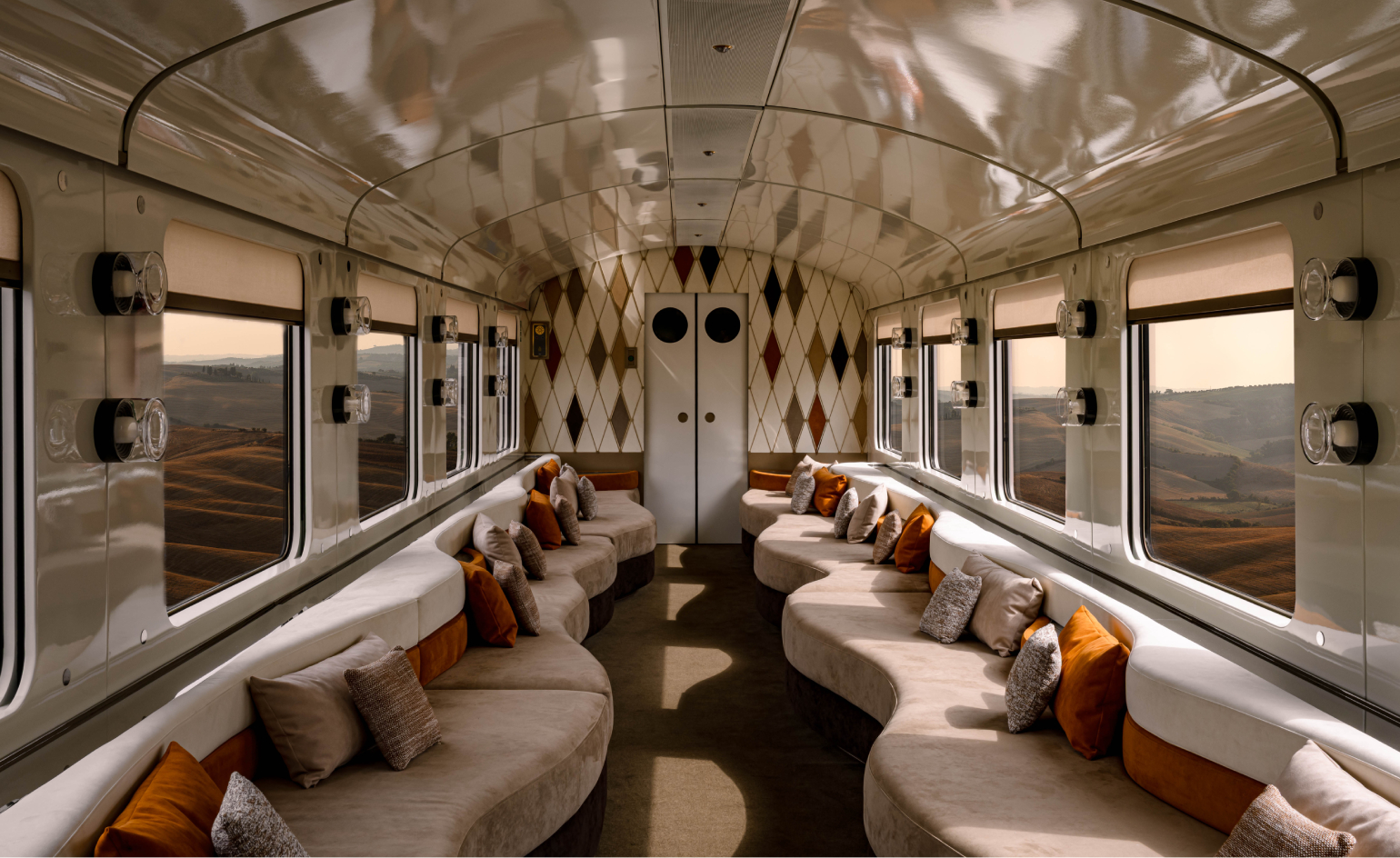 Wallpaper* Design Awards: Orient Express wins Best Reinvention 2026
Wallpaper* Design Awards: Orient Express wins Best Reinvention 2026Orient Express has held a near-mythic place in the globetrotting firmament since launching in 1883, but its recent reinvention – including its first hotel and an upcoming yacht – signals a decisive new chapter
-
 Step into a winter wonderland at this snow-covered St Moritz chalet
Step into a winter wonderland at this snow-covered St Moritz chaletA Swiss chalet reimagines Alpine living through serene architecture and Molteni&C’s refined, contemporary furnishings
-
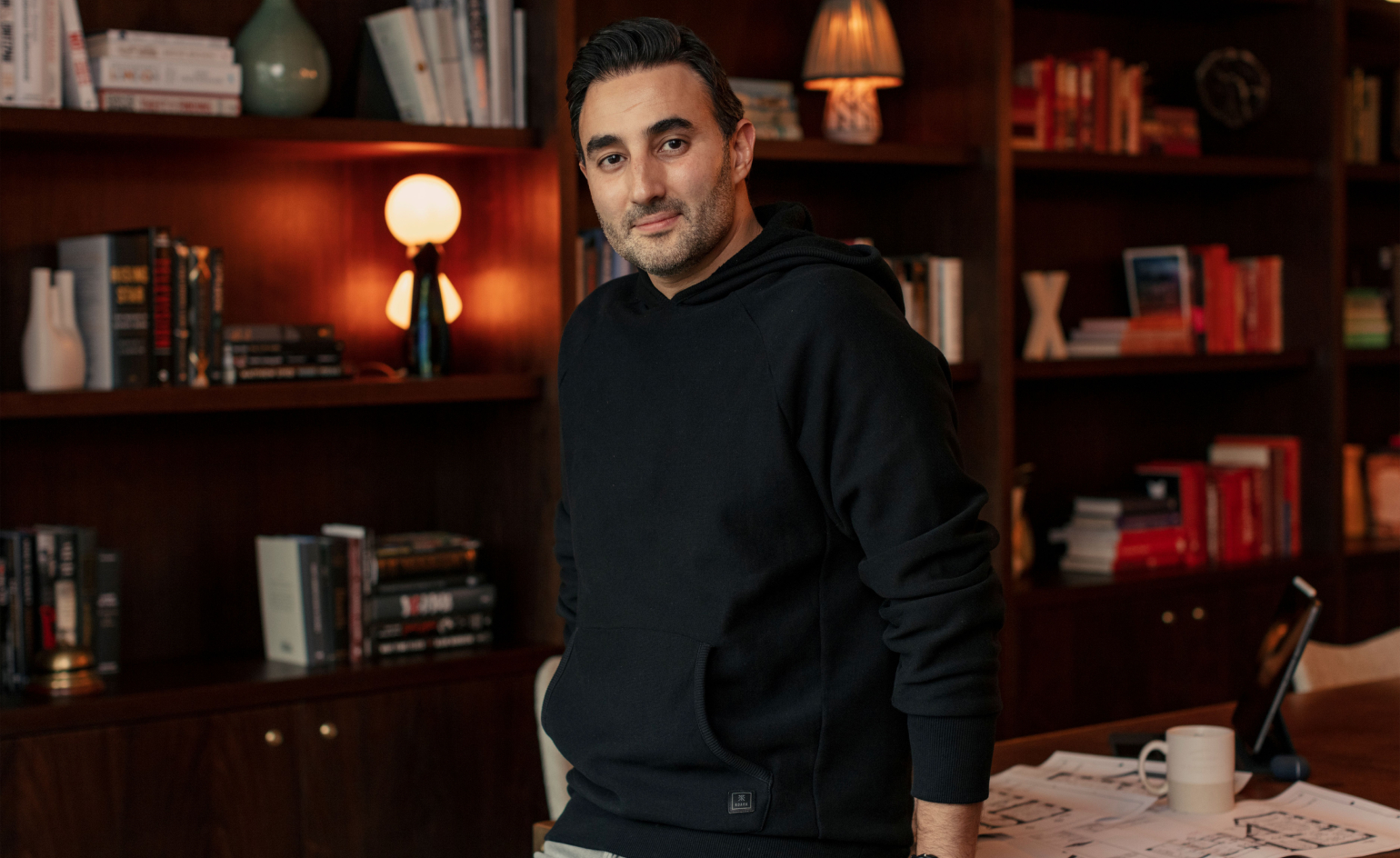 Wallpaper* Design Awards: why Sharan Pasricha is 2026’s Best Host
Wallpaper* Design Awards: why Sharan Pasricha is 2026’s Best HostWe salute the Indian-born, London-based hospitality entrepreneur who can’t stop thinking about ways to upgrade how we live, work and connect
-
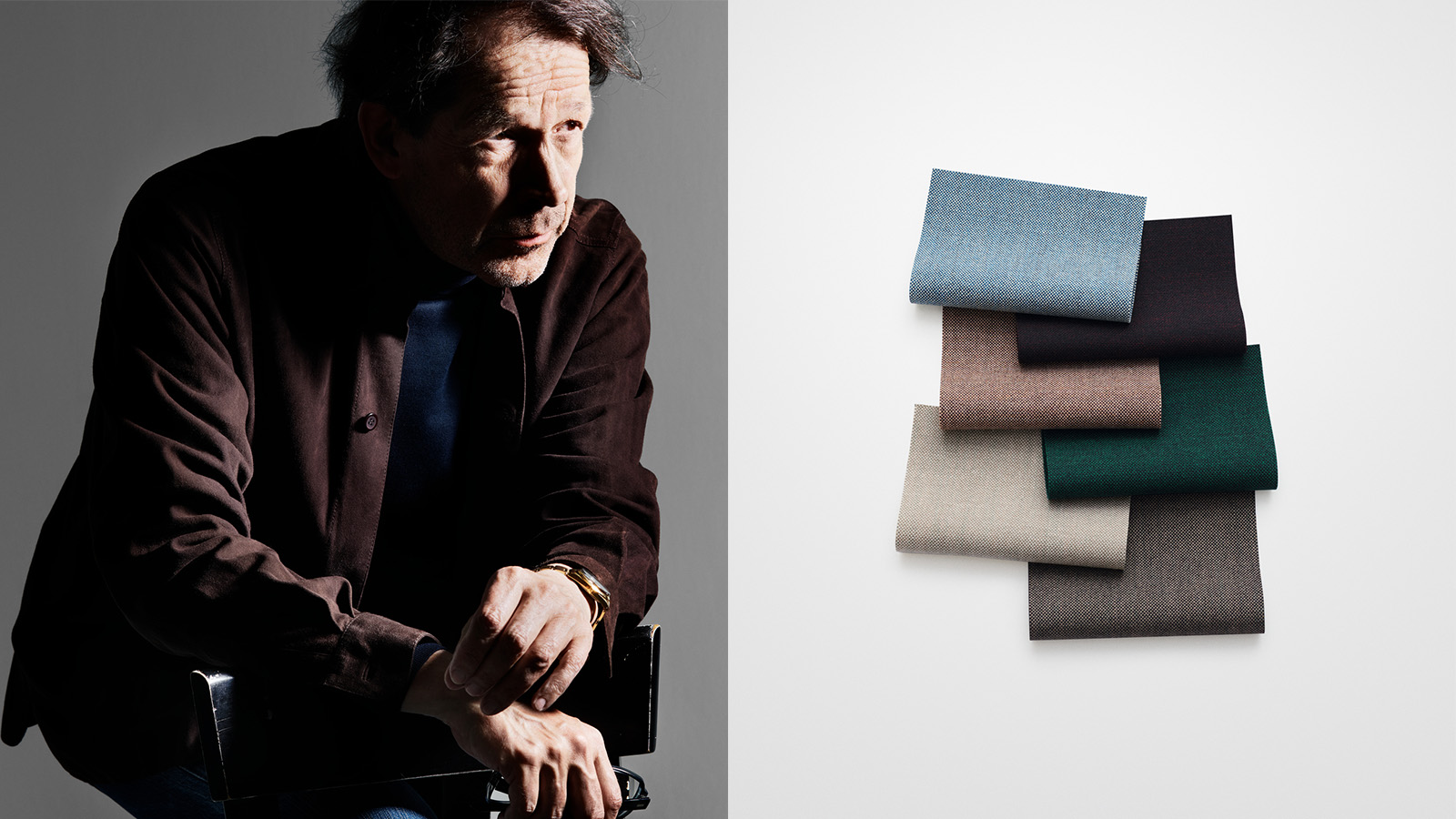 Kvadrat’s new ‘holy grail’ product by Peter Saville is inspired by spray-painted sheep
Kvadrat’s new ‘holy grail’ product by Peter Saville is inspired by spray-painted sheepThe new ‘Technicolour’ textile range celebrates Britain's craftsmanship, colourful sheep, and drizzly weather – and its designer would love it on a sofa
-
 Ceramics brand Mutina stages a poetic tribute to everyday objects
Ceramics brand Mutina stages a poetic tribute to everyday objectsDesign meets art as a new Mutina exhibition in Italy reframes the beauty of domestic stillness, juxtaposing ceramics, sculpture, paintings and photography
-
 Year in review: top 10 design stories of 2024
Year in review: top 10 design stories of 2024Wallpaper* magazine's 10 most-read design stories of 2024 whisk us from fun Ikea pieces to the man who designed the Paris Olympics, and 50 years of the Rubik's Cube
-
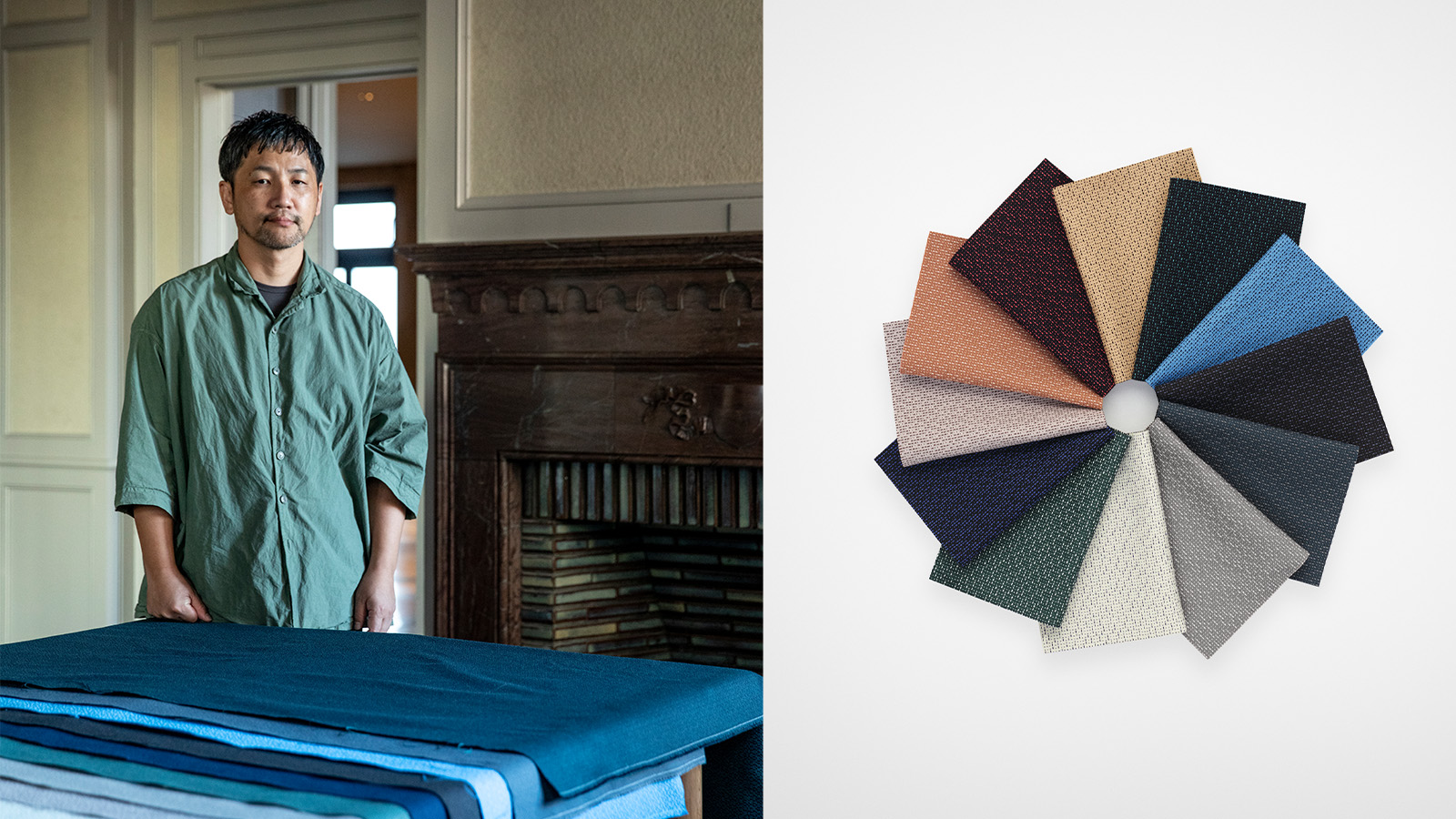 Teruhiro Yanagihara's new textile for Kvadrat boasts a rhythmic design reimagining Japanese handsewing techniques
Teruhiro Yanagihara's new textile for Kvadrat boasts a rhythmic design reimagining Japanese handsewing techniques‘Ame’ designed by Teruhiro Yanagihara for Danish brand Kvadrat is its first ‘textile-to-textile’ product, made entirely of polyester recycled from fabric waste. The Japanese designer tells us more
-
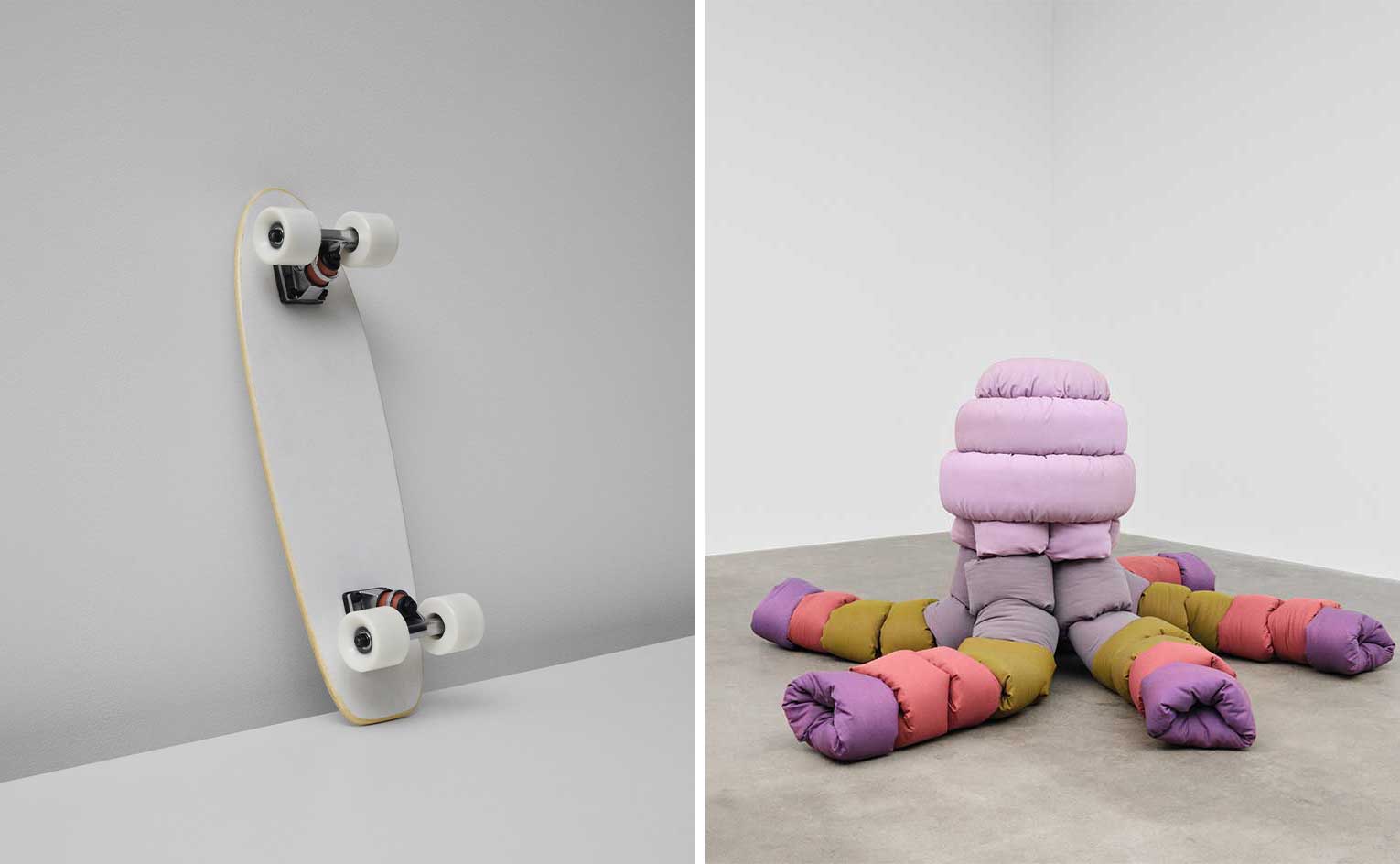 Skateboards, rocking horses and a giant octopus: Kvadrat invites designers to consider the potential of textiles
Skateboards, rocking horses and a giant octopus: Kvadrat invites designers to consider the potential of textilesThrough Kvadrat ReThink, 12 designers explore the meaning of responsible design through the Danish brand's library of recycled, regenerative, and circular materials
-
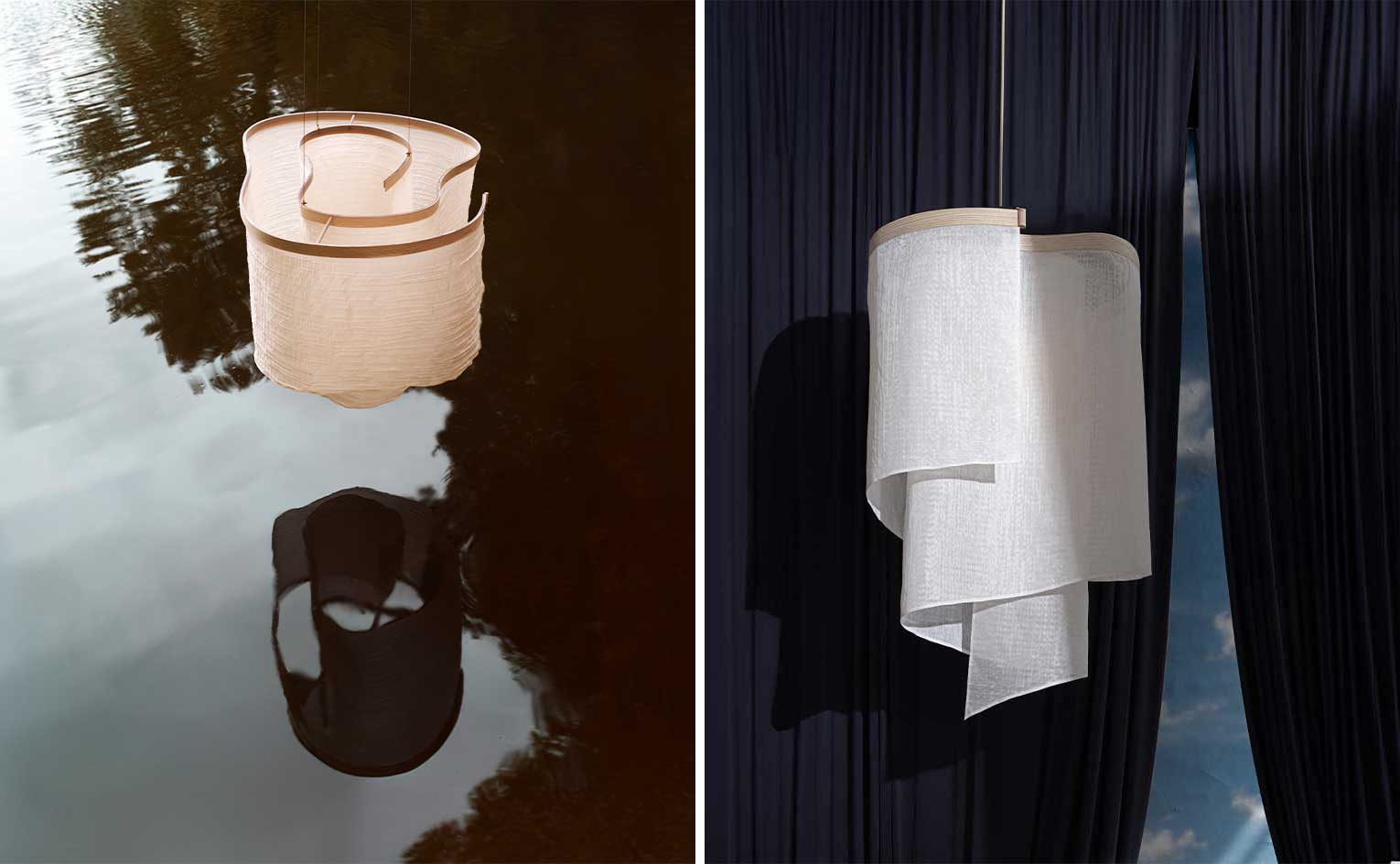 Lighting by Ladies & Gentlemen Studio is inspired by sunlight filtered through clouds
Lighting by Ladies & Gentlemen Studio is inspired by sunlight filtered through cloudsLadies & Gentlemen Studio launches new lighting collections at 3 Days of Design 2024 in Copenhagen, using textiles by Kvadrat and Sahco
-
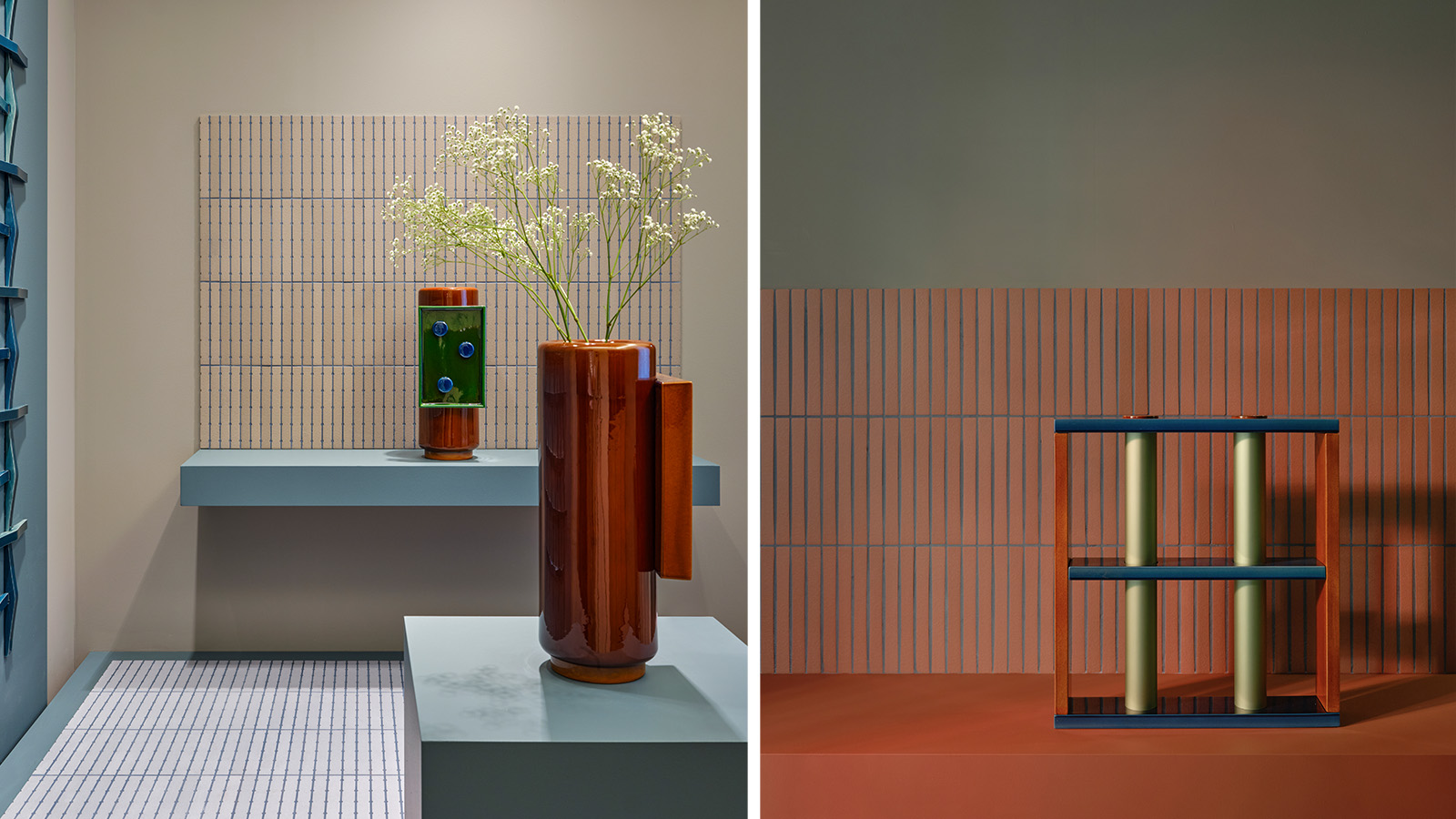 Casa Mutina displays Ronan Bouroullec's creative universe
Casa Mutina displays Ronan Bouroullec's creative universeRonan Bouroullec's designs for Mutina at Milan Design Week 2024 include outdoor tiles as well as ceramic editions
-
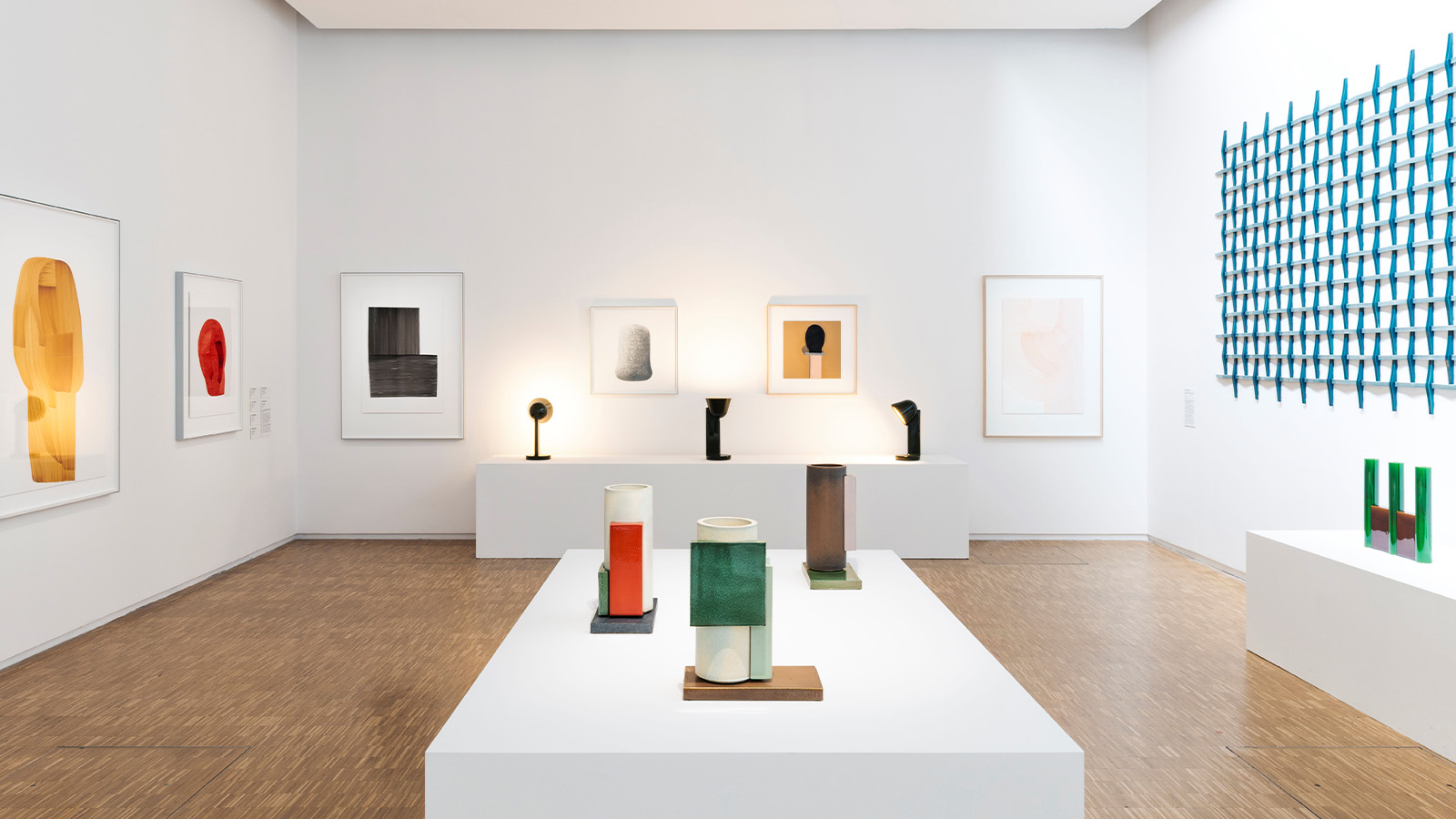 Ronan Bouroullec exhibition at Centre Pompidou features ceramics and amorphous ink drawings
Ronan Bouroullec exhibition at Centre Pompidou features ceramics and amorphous ink drawingsCentre Pompidou hosts Ronan Bouroullec's decorative designs, reflecting the designer's ongoing explorations of form and function (until 23 September 2024)